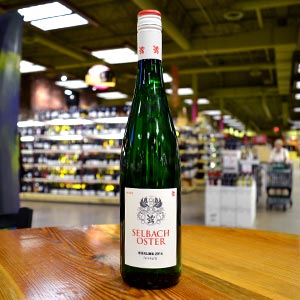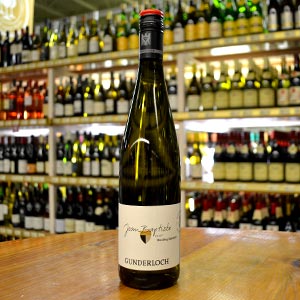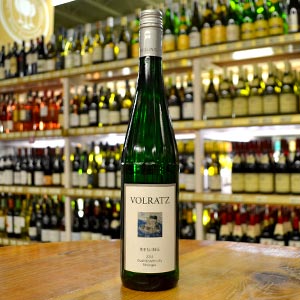
Wine Department: Making Sense of German Wines, The Short Version
Back to feed- Posted: 9/15/2016
- Categories: Wine
But first, let’s talk about their grapes.
While Riesling itself dominates the varietal landscape, there are many other grape varieties Germany produces that yield terrific wines in their own right. For white, Silvaner makes great dry white wines (and is the grape of choice in the region of Franconia), Scheurebe (a cross of Riesling and an unknown varietal), Muller-Thurgau (a cross of Riesling and Silvaner), Gewurtztraminer, Pinot Blanc (known as Weissburgunder) and Sauvignon Blanc just to name a few. For red, Dornfelder and Spatburgunder (the German name for Pinot Noir) are the predominant varieties.
Okay, now to dispel a myth about all German wines being sweet. Germany is infamously known for their sweet Rieslings, yet this isn’t entirely true. The fact is, Germany – throughout the majority of the world – is known for dry wines, particularly their Riesling. Truth be told, they ship the bulk of the sweeter Rieslings to the States, where we as a whole, enjoy sweeter wines much more. The terms trocken and halbtrocken (dry and half-dry respectively), are becoming increasingly used on labels to denote dryness, and separate them from the misconception.
Which leads me to talk about all that information. German wine laws dictate virtually all the information you need to know about a particular wine is found right there on the label: where it’s from, how sweet or dry it is, even the time of year the grapes were picked. For example, Joh. Jos. Prum Riesling Kabinett Urziger Wurzgarten 2014 tells you the producer (Joh. Jos. Prum), the varietal (Riesling), the time of year it was harvested AND its level of sweetness (Kabinett is the first harvest of the season, so it will be the least sweet – more dry), and the region and vineyard from which the grapes were harvested (Urziger is the town of Urzig and Wurzgarten in the vineyard), and of course the vintage 2014 tells you from what year the grapes were harvested.
Got it?
We at the Jungle love the wines of Germany and would enjoy a friendly chat about what wines we can recommend to introduce you to this region, and perhaps help you discover how remarkable they can be, like these wines:







